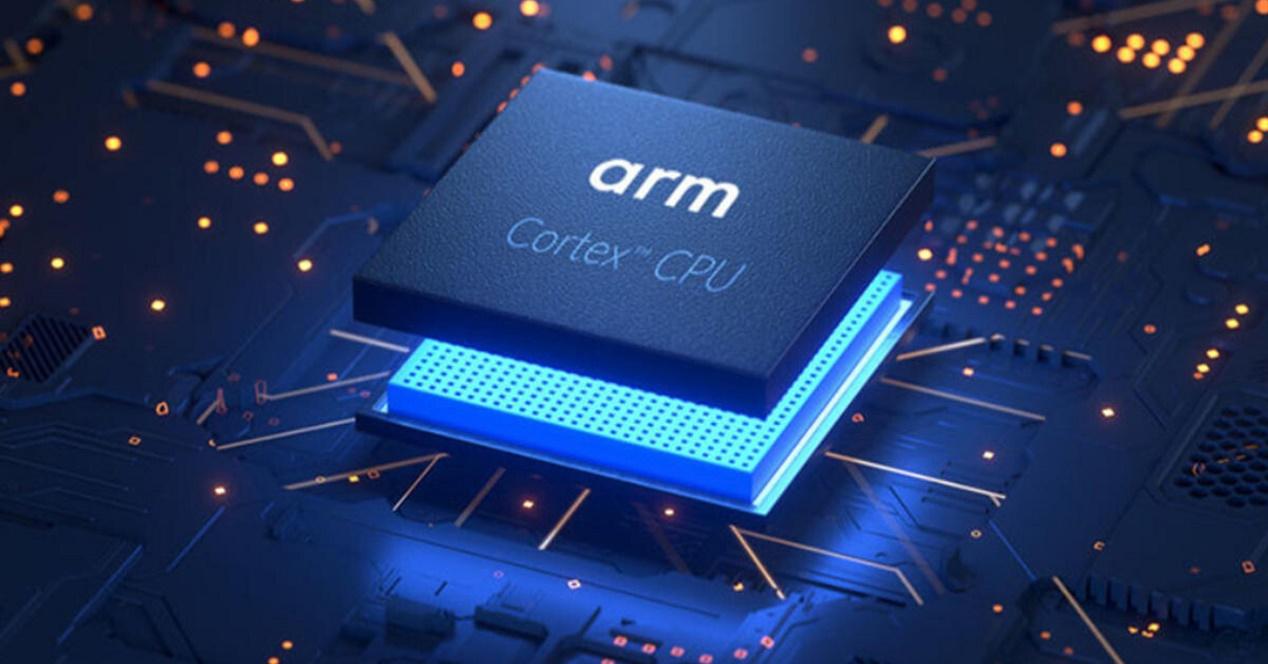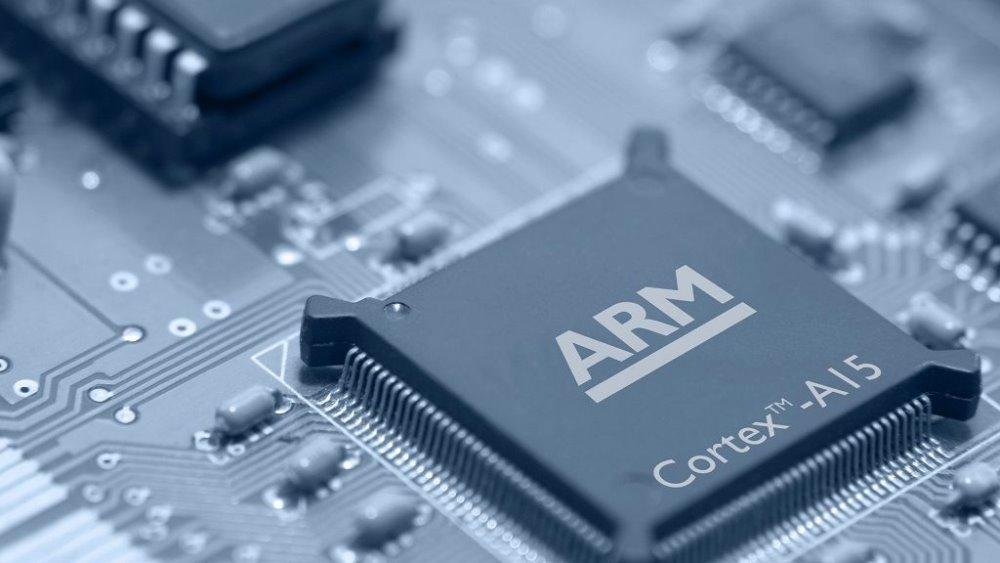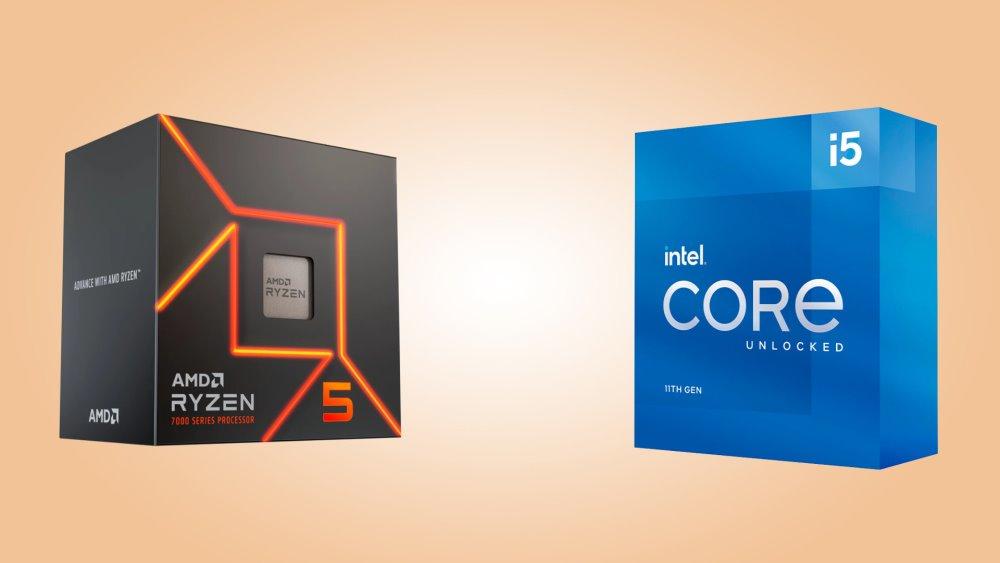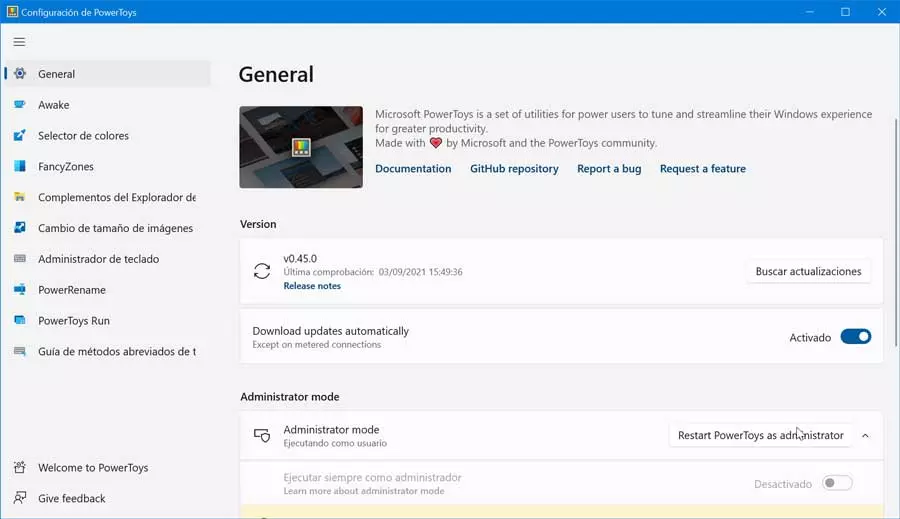
The laptop market is huge, a huge pie that everyone wants to take a bite of. Intel reigns in this market without question, trying to steal AMD market share little by little. But, a new competitor is coming, as is ARM and we will explain what you can contribute and how it differs from solutions from Intel and AMD.
Maybe the name ARM does not sound like anything to you, but you have one of these processors in your hands. It is normal, since they do not manufacture or produce anything, they actually develop processor architectures that they license to Samsung, Qualcomm, Apple and other manufacturers. (https://experience.afrotech.com/) That’s why it doesn’t ring a bell, because they are sold under another name.
What is ARM?
We are not going to go into great definitions or very technical topics, we are going to try to simplify it. It is simply a company that is in charge of designing processors and these designs “rents” them so that third parties can use them. Companies like Samsung, Qualcomm or Apple use these designs, which can be slightly modified, to remove their processors.
Something very interesting is that ARM processors are based on a different architecture than the one used by Intel and AMD (which is CISC). Is based ARM in the RISC architecturewhich is a system of simplified instructions which makes them more efficient. It allows to develop more compact and efficient processors with respect to CISC.
This point has a counterpart in that the power is much lower. Although work is being done to create much more powerful solutions, there is an important condition. I mostly know use on smartphones and tabletswhere high temperatures cannot be given.
Differences between AMD and Intel and AMD processors
In order not to make it too complicated, we are going to leave you a small comparative table between both architectures. There are important differences between the two, which are the following:
| ARM ARCHITECTURE | x86 ARCHITECTURE | |
|---|---|---|
| architecture type | They are based on RISC, which is a reduced instruction set for computing. | It is based on CISC, which is a complex instruction set. |
| Main manufacturers | Qualcomm, Apple, Samsung and MediaTek | Intel and AMD |
| Energy consumption | Consumption is very low due to its design which, at the same time, means less heat generation | The energy consumption is quite high, they are quite inefficient which, at the same time, supposes a high generation of heat |
| Performance | Due to their type of architecture, these are more limited in tasks where there is a high computational load. | The performance is very high since they are designed for large workloads, especially in parallel loads |
| Main uses | Smartphone and Tablet, Internet of Things (IoT) and embedded systems | Personal computers (desktop and laptop), servers and workstations |
| Segments in which they are entering | Laptops and servers | Artificial intelligence and autonomous vehicles |
| software compatibility | The amount of software is limited, since most of it is developed for the x86 architecture | The amount of software is enormous, since the vast majority of the software is developed for this architecture. |
| Price | They have a very low price due to their “simplicity” of manufacture and there are more chips than in the x86 architecture | They are quite expensive, since the manufacturing is larger and the number of chips per wafer is much less than the ARM architecture. |
We have to say that ARM is working on developing solutions for desktop computers and servers. While there are some solutions for servers, they are still a long way from Intel Xeon and AMD EPYC. Although Amazon AWS already has servers based on ARM chips, but of course, the power is not comparable, although they are much more efficient.
Your introduction into the laptop market
We are sure that if we mention the Apple Silicon processors for the MacBookI’m sure you know them. are processors based in the ARM architecture. But, they are not the first laptops to introduce these chips.
The first laptops in using these processors have been the chromebook. Thiss laptops They are based on the Google ChromeOS operating system and use these processors. They are very economical systems designed for students, mainly.
We can say that the path has been “sowed”. That by 2027-2030 the number of ARM-based laptops will increase significantly is logical. They are expected to make great performance leaps in the coming years. It even seems that Intel and ARM are working together on the development of future processors.
Note that Intel has become a foundry recently. This means that Intel will manufacture processors for third parties and this would be the “collaboration” between the two companies. It seems that they will manufacture ARM processors in the future, something in which they have some experience. We have to say that the Core 12th Gen and Core 13th Gen have a very similar design to the ARM big.LITTLE architecture.





